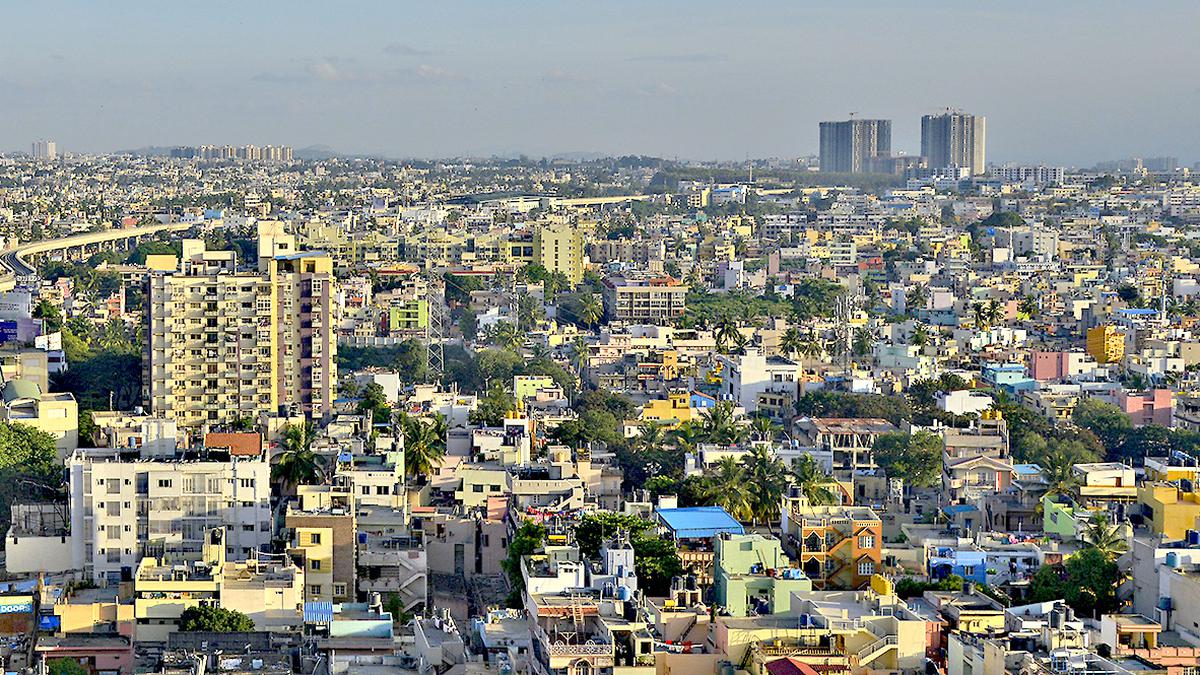
What is Bengaluru’s new property tax system that aims to fix leakage and rationalise the system Premium
The Hindu
Under the new system, properties are categorized into six clear and unambiguous categories which are residential (self use & tenanted), commercial, industrial, star hotels, exempted and fully vacant lands.
The story so far
The Bruhat Bengaluru Mahanagara Palike (BBMP) has now halted the implementation of the new property tax regime fearing backlash from the citizens ahead of parliament elections. The new system of levying tax is based on the guidance value of the properties, and has done away with zonal classification for tax and is expected to increase the collection. The government’s lack of intent to implement the policy immediately has also brought discontent among IAS officials in the BBMP who were behind framing of the policy to mobilise the revenue.
In a bid to streamline property taxation and ensure fairness, a new property tax system was introduce, according to the BBMP. The primary objective of this system is to simplify processes, rationalise taxation, and establish a fair framework by utilizing individual property guidance values rather than a single tax rate based on average values within an area.
Under the new system, properties are categorized into six clear and unambiguous categories which are residential (self use & tenanted), commercial, industrial, and star hotels, exempted and fully vacant lands. This overhaul eliminates the previous six-zone structure and the complicated seven forms required for filing property returns.
Citizens in the new system are required to input their property details online, including plot or land area, built-up area, and the property’s designated use. Tax calculation is then based on the current guidance value applicable to the property. Citizens have the option to question the displayed guidance value and provide supporting documents for correction online. The BBMP will review these claims within three months, with unaddressed claims considered accepted.
Notably, property tax rates were last revised in 2016, with a 20% increase for residential properties and a 25% increase for non-residential properties. There has been no increase in rates over the past eight years.
The objective of the new property tax system is not to escalate the tax burden, but to simplify and rationalise the process. A maximum cap of 10% has been implemented for yearly increases on individual properties, said a senior BBMP official in the Revenue section.













